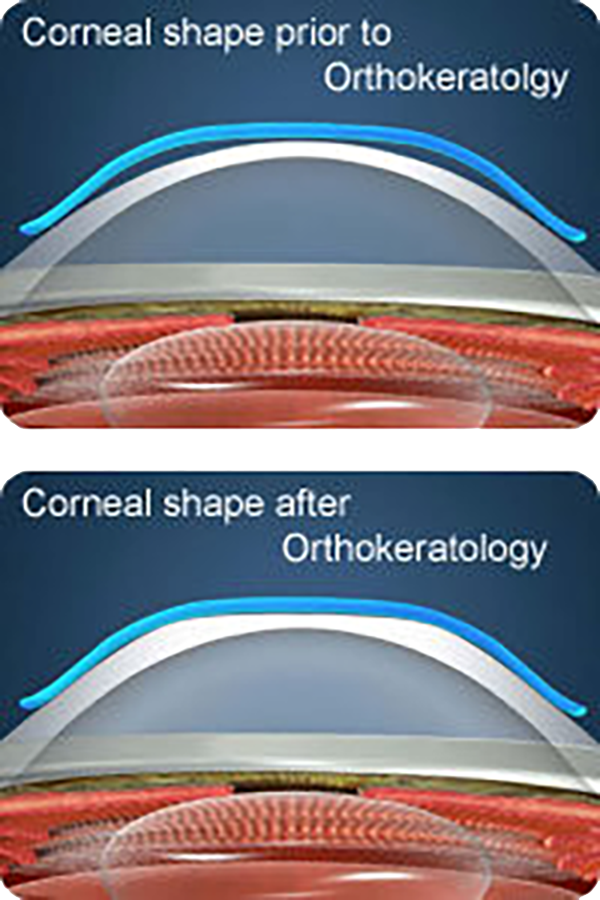By 2050 the amount of people in North America that are myopic will double.
This is partially due to kids spending less time outside and more time on computers/tablets
Myopia, often called near-sightedness, is a condition of the eyes that results in blurry long-distance vision. A person with myopia can see clearly up close, such as when reading a book or looking at a phone, while distant objects like store signs or television screens may appear blurry or hard to read.
Myopia is developed and rare at birth. It is partly due to genetics, but environmental factors also play a contributing factor. Increased computer use and reduced outdoor activities during development have a role in the leap in myopia occurrence
Myopia is much more than “just” blurry vision. Myopia is the condition where the length of the eye is excessively long. Higher levels of myopia are associated with a higher risk of eye disease in adulthood, so it’s important to monitor your child’s eye health and ensure that any symptoms of myopia are checked by an eye care professional.
An analysis of several peer-reviewed research papers allows us to explain the increased frequency of ocular pathology associated with higher degrees of myopia.
- Retinal detachment:
4X greater incidence in -3.00 eye *compared to emmetropic eye (no rx needed)
10X greater incidence in -6.00 eye
16X greater incidence in > -6.00 eye - Glaucoma – 4X greater in myopic eye
- Cataract – 5X greater in -6.00 myopic eye
- Myopic Macular Degeneration
- Thick uncomfortable glasses
Now there is something we can do about slowing myopia progression. Our doctors at Evans and Taylor Eye Care Group are among the leaders in the field of myopia. Currently therapy include:
The purpose of myopia management therapy is to limit the progression of myopia as much as possible so the final adult prescription will be as low as possible. Keep in mind that the physical growth of a child, and growth of the eye, is expected. The goal is not to eliminate your child’s nearsightedness , but rather slow it down.
The principles and strategies employed at Evans + Taylor Eye Care are based on evidence-based guidelines and updated protocols. However, as individual response can vary to any chosen treatment, results are not guaranteed.
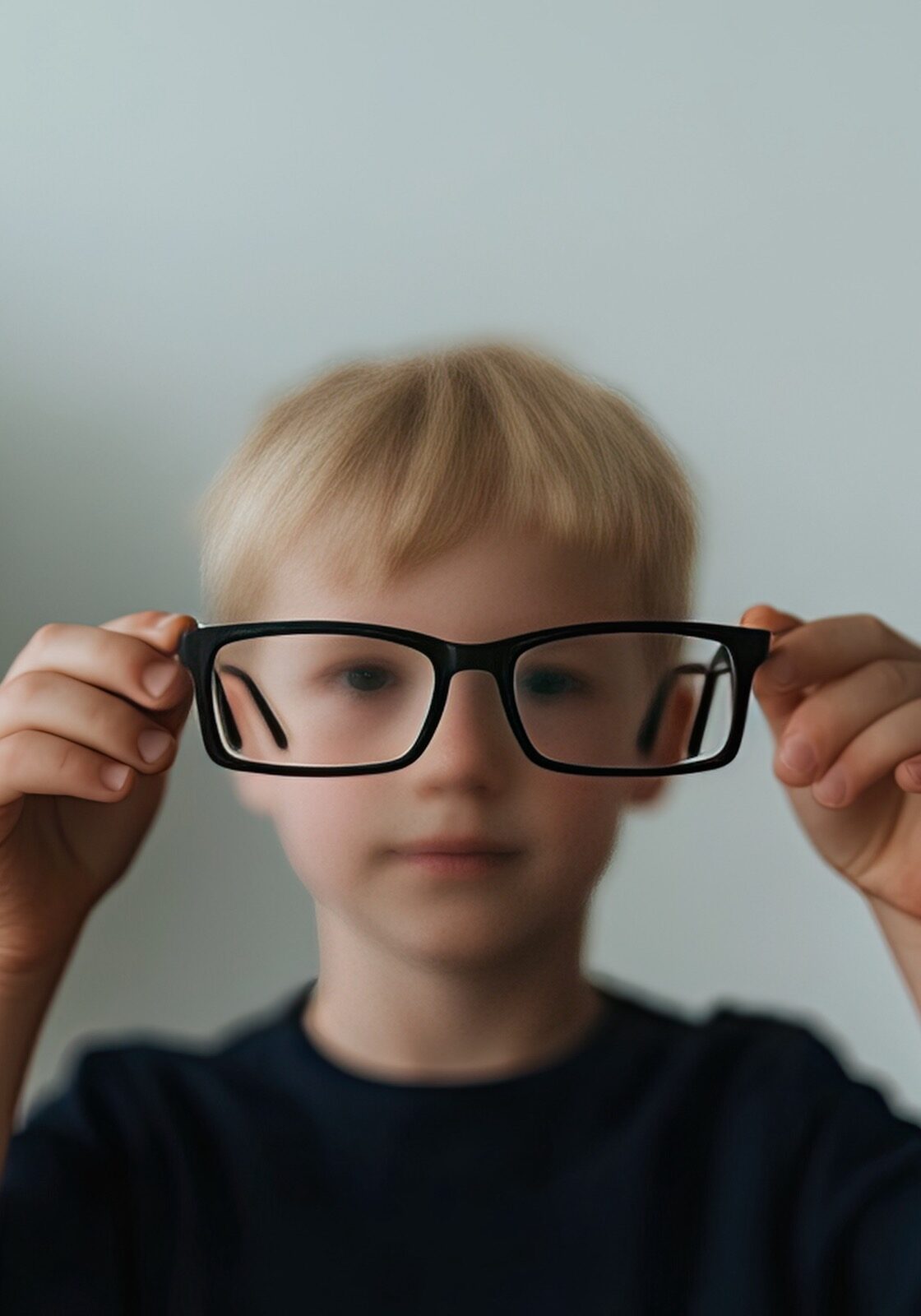
If your child is nearsighted there’s finally something you can do besides just getting stronger glasses every year.
Corneal Reshaping Therapy also known as Ortho-K is a temporary and fully reversible procedure.
CRT is a therapeutic process by which gentle reshaping of the cornea is achieved through the overnight wear of specially gas permeable contact lenses, resulting in reducing nearsightedness and clear distance vision throughout the day.
Without nightly wear of the corrective lenses your vision will slowly revert to your original prescription. Adhering to the wear schedule provided will result in optimal performance of the lenses.
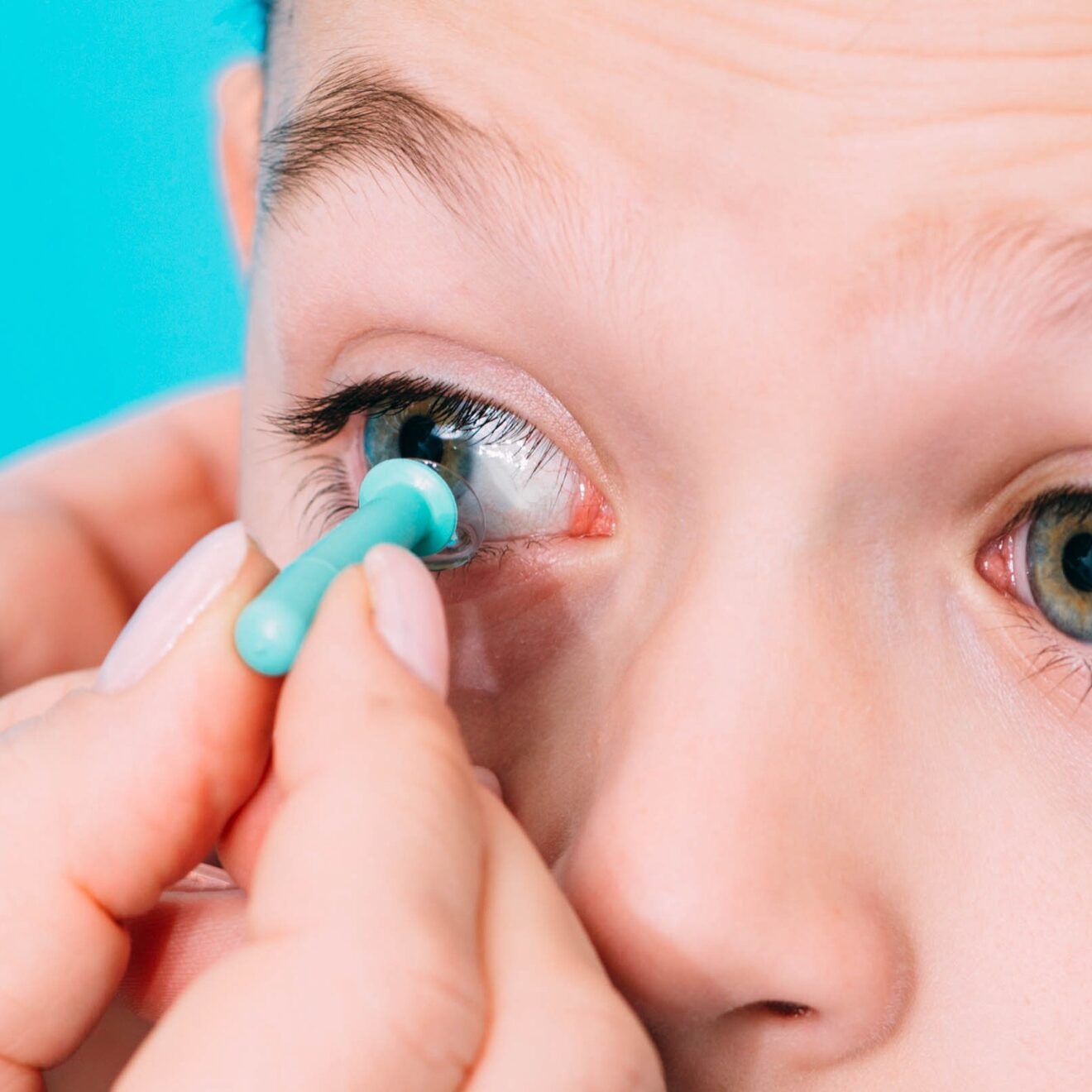
Best Patient Candidate
- Moderate myopia (up to -5 D) and/or astigmatism (up to 1.5 D)
- Normal and healthy eyes
- Good hygiene
- Desire for great vision without glasses and conventional contact lenses
- Almost any age(even 5 year olds!), compliant and motivated
- Has a good understanding of expectations
Corneal Reshaping FAQ
Low dose Atropine Eye Drops
After a comprehensive assessment of your child, our doctors may recommend a prescription eye drop to slow myopia progression. This drop can be formulated at different concentrations that our doctors determine may best work for your child.
Our consultations are personalized for each child and use state-of-the-art equipment to come up with a tailored treatment plan. While there will always be risks involved with any medical treatments, our doctors ensure these risks are minimized by having follow-up sessions and monitoring your child’s treatment progress.
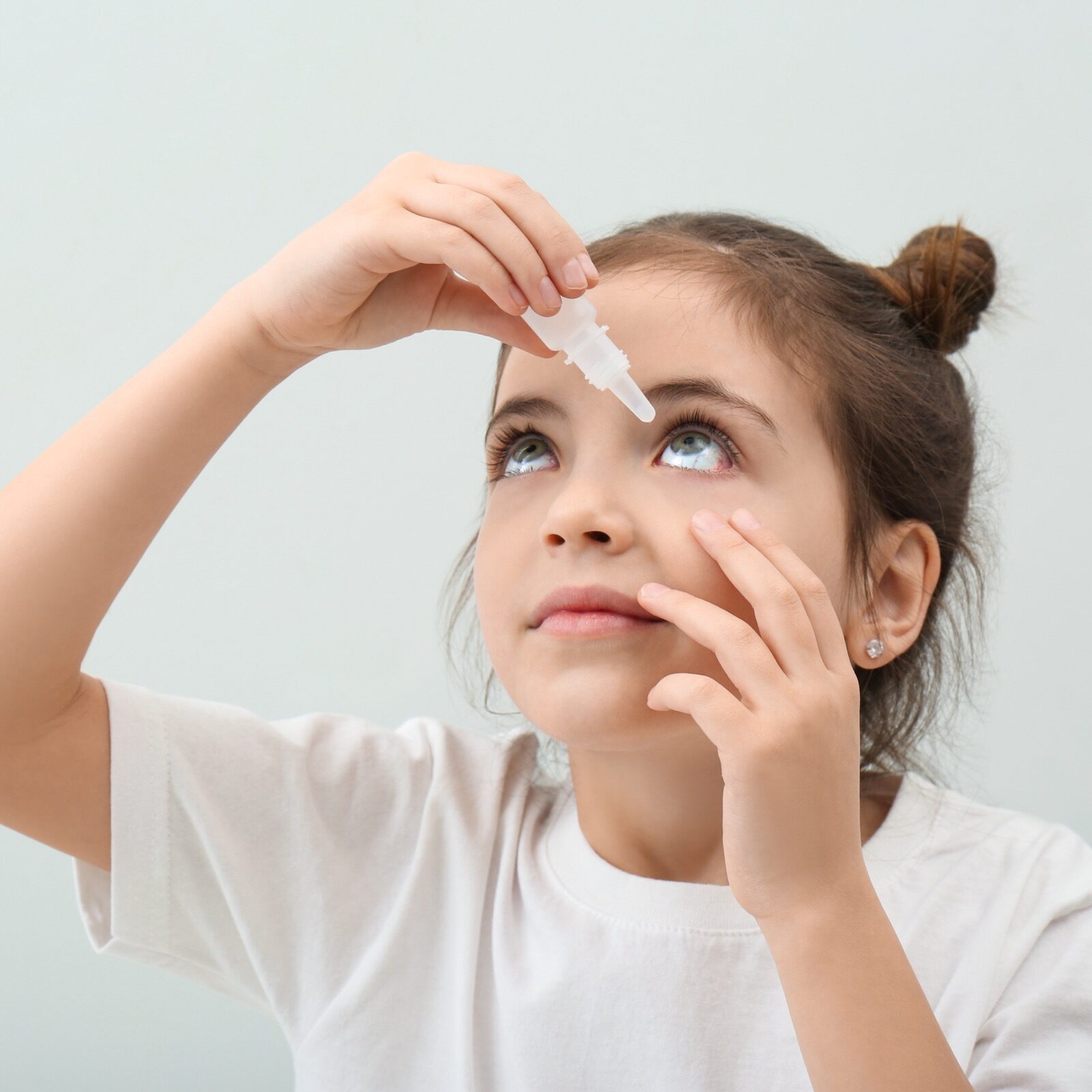
Benefits of Our Prescription Eye Drops for Kids
- Our Prescription Eye Drops are suited for children who wear glasses or contact lenses during the day.
- Best for younger patients who are not yet mature enough for contact lenses or for those who are unable or unwilling to wear contact lenses.
Many studies have shown that eye drops can significantly slow down the progression of myopia by around 50% to 60%. However, that number is relative to each individual. This treatment may also be used in conjunction with the other two options for maximum therapeutic effect.
Myopia management therapy is rapidly becoming a first-line treatment for child-onset myopia. The principles and strategies employed at Evans and Taylor Eye Care are based on evidence-based guidelines and updated protocols. However, as individual response can vary to any chosen treatment, results are not guaranteed.
Daytime Soft Contact Lenses
About Our Daytime Soft Contact Lenses
These lenses are the more traditional soft lenses that many people are familiar with,but are designed specifically for slowing myopia progression. There are a few options to choose from, so your doctor will help discuss the best option suited for your child.
Benefits of Our Daytime Soft Contact Lenses for Kids
By wearing these lenses, your child no longer has to depend on glasses to have clear vision during the daytime. Children can be hassle free from wearing glasses during activities such as sports, theatrics, or vacations, where glasses may be a nuisance.
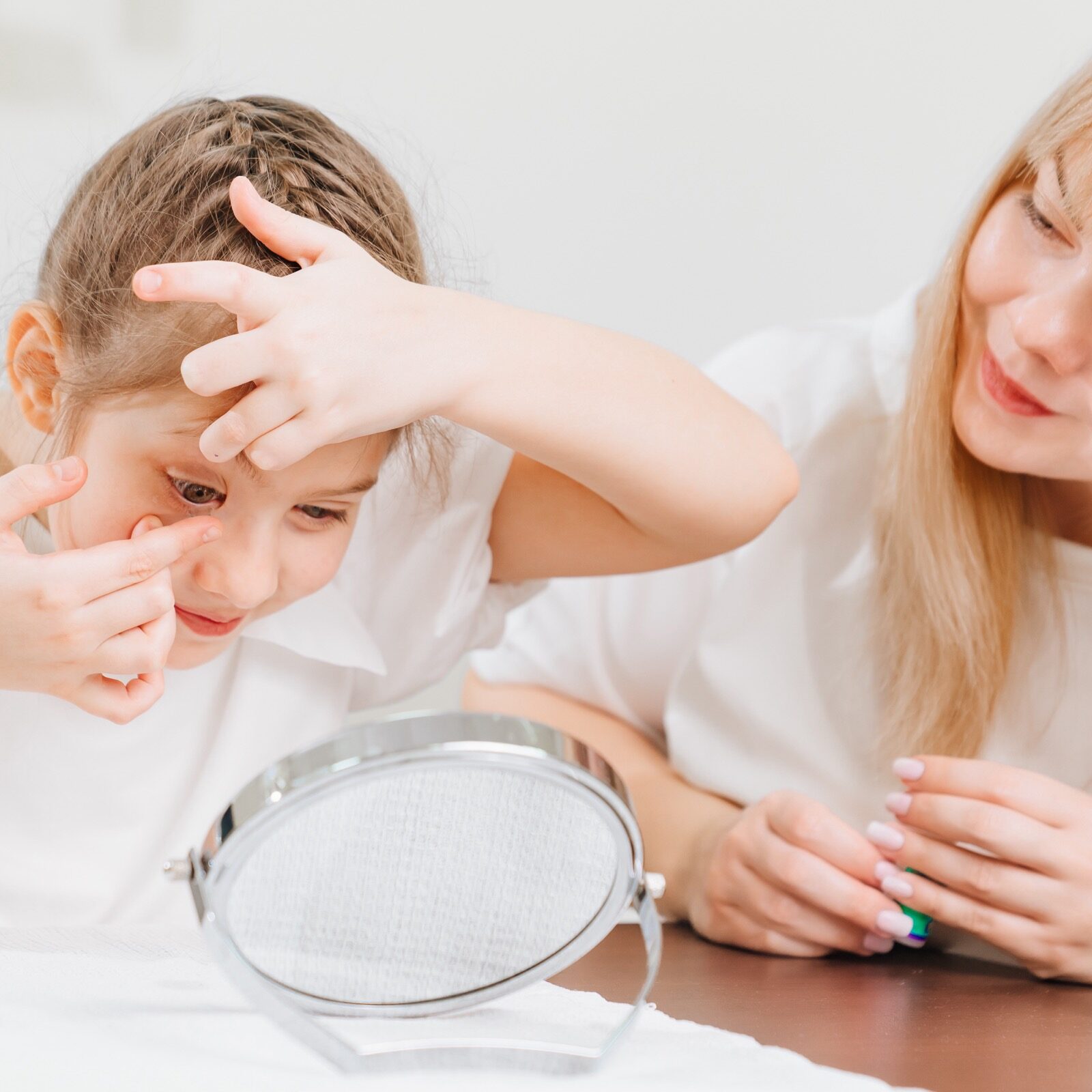
It is important to note that there is currently only one FDA-approved option for myopia control—CooperVision’s MiSight 1-day lens. Although the other options are not approved by the FDA for myopia control, many studies support their use for such purposes and validate their efficacy. MiSight contact lenses correct refractive error and slow eye elongation through its design. Peripheral rings in the lens help to focus light in front of the retina. There are 2 myopic control zones and 2 correction zones in the lens.
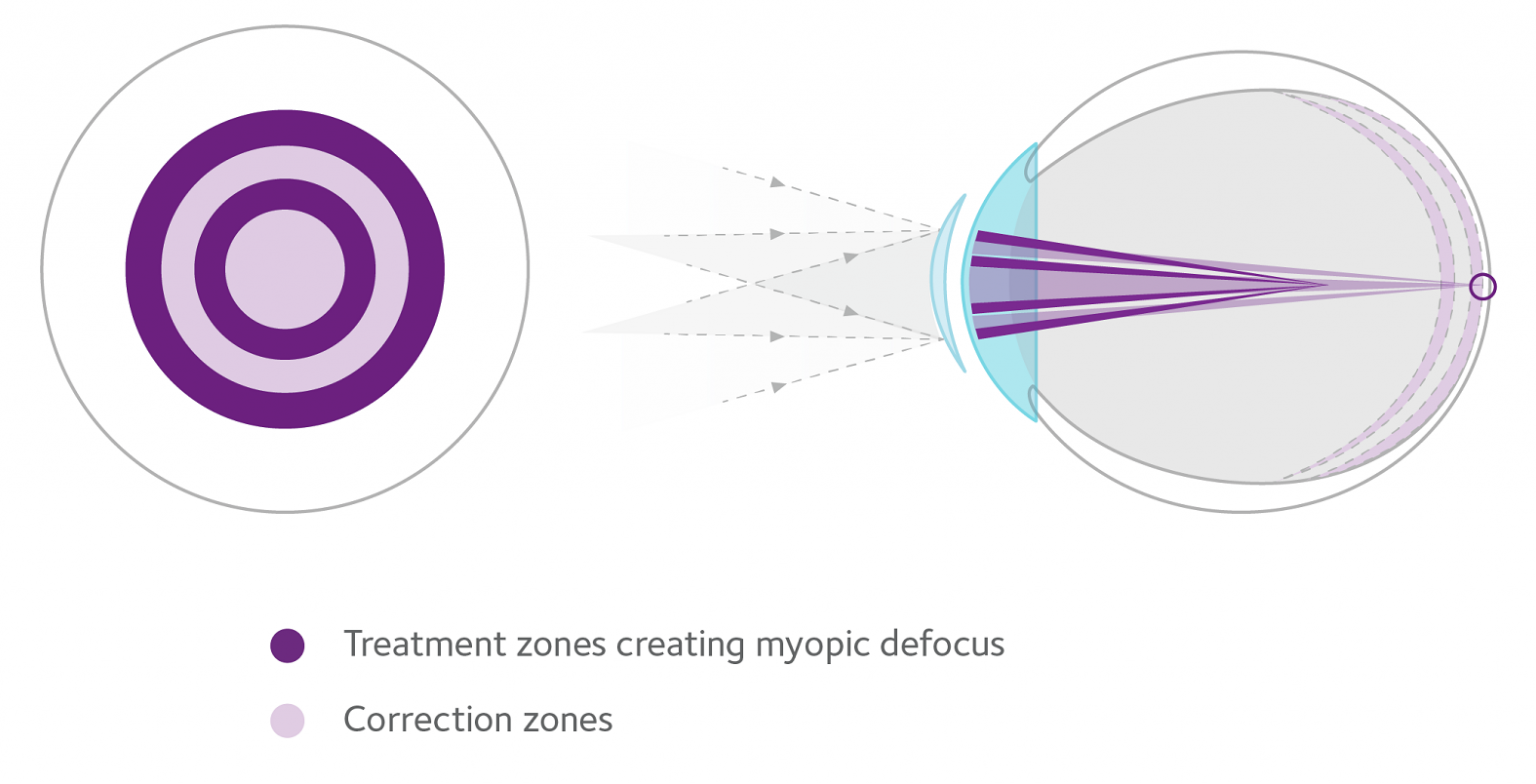
By including both vision correction and treatment zone in the lens,MiSight® simultaneously corrects your child’s vision today,while signaling the eye to resist getting longer, with the goal to preserve vision for the future.
Myopia management therapy is rapidly becoming a first-line treatment for child-onset myopia. The principles and strategies employed at Evans and Taylor Eyecare are based on evidence-based guidelines and updated protocols. However, as individual response can vary to any chosen treatment, results are not guaranteed.
